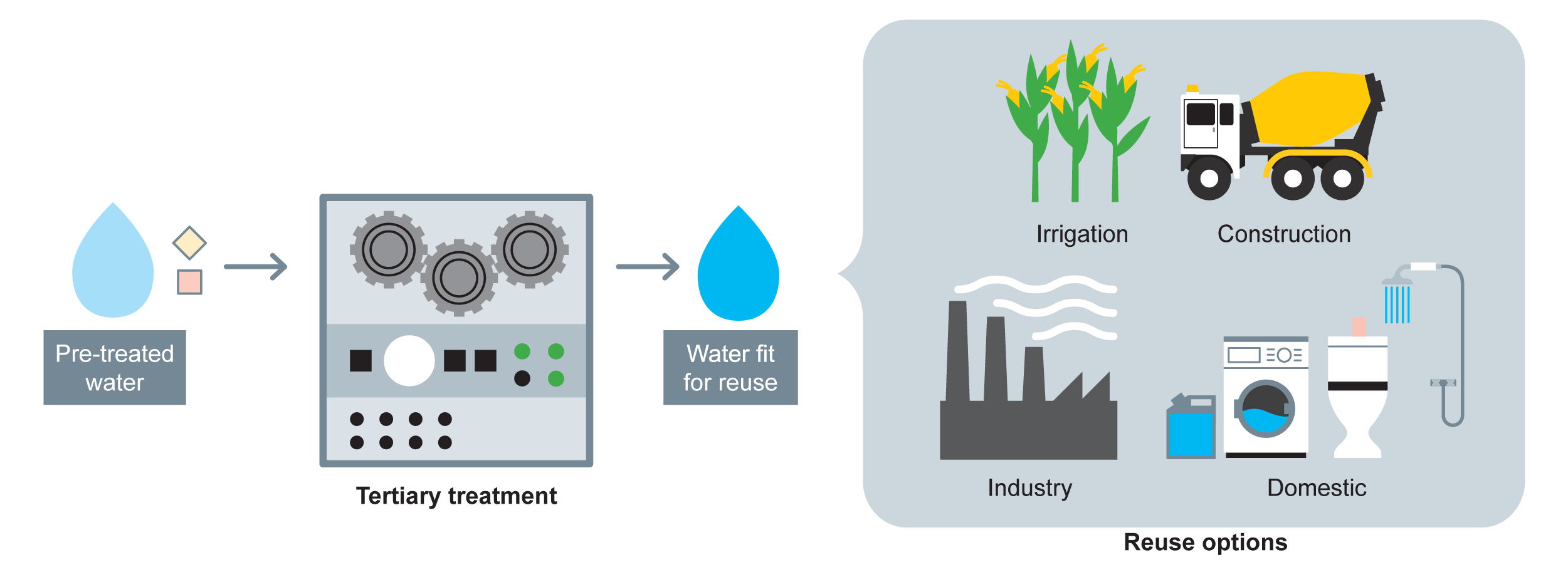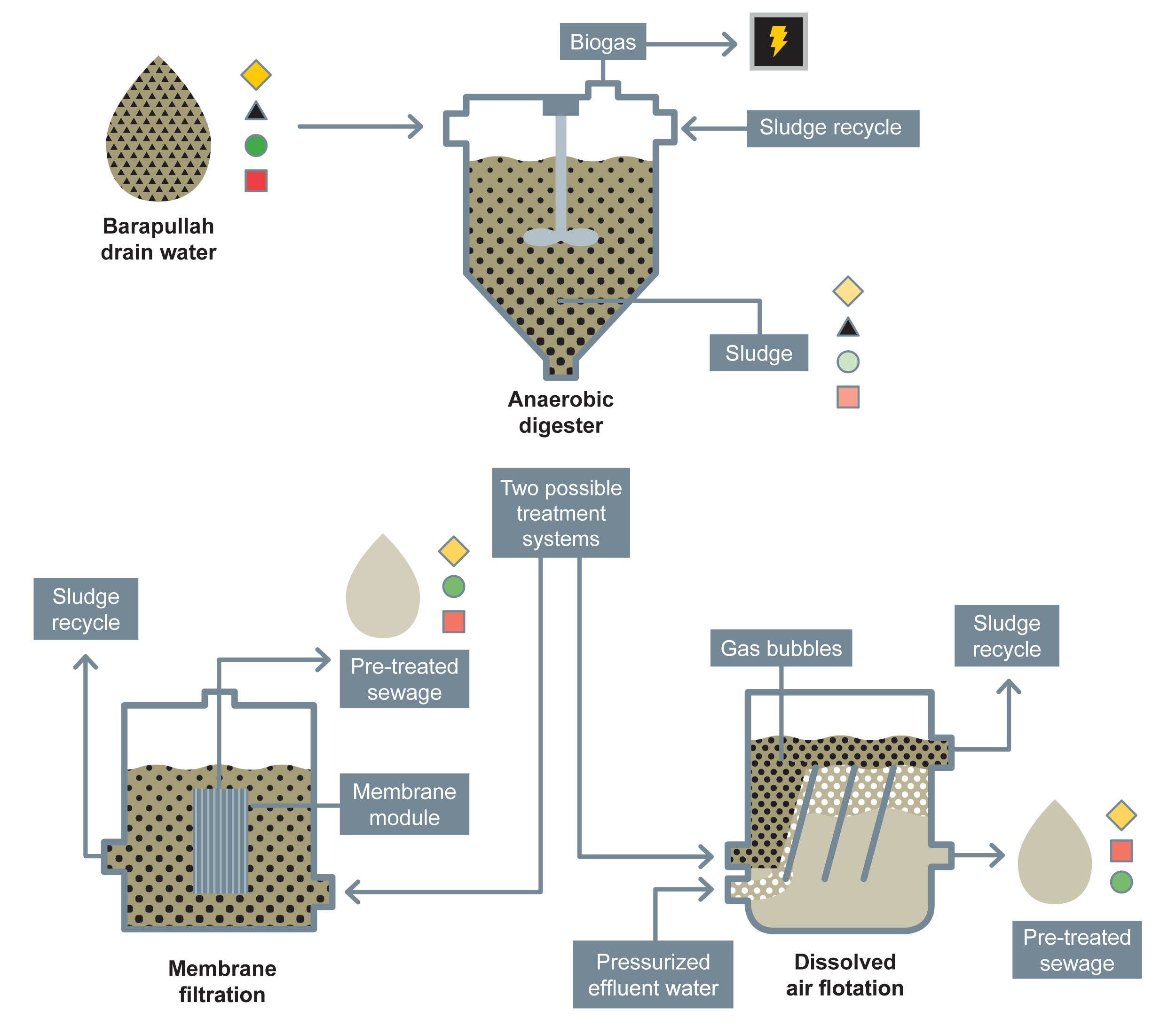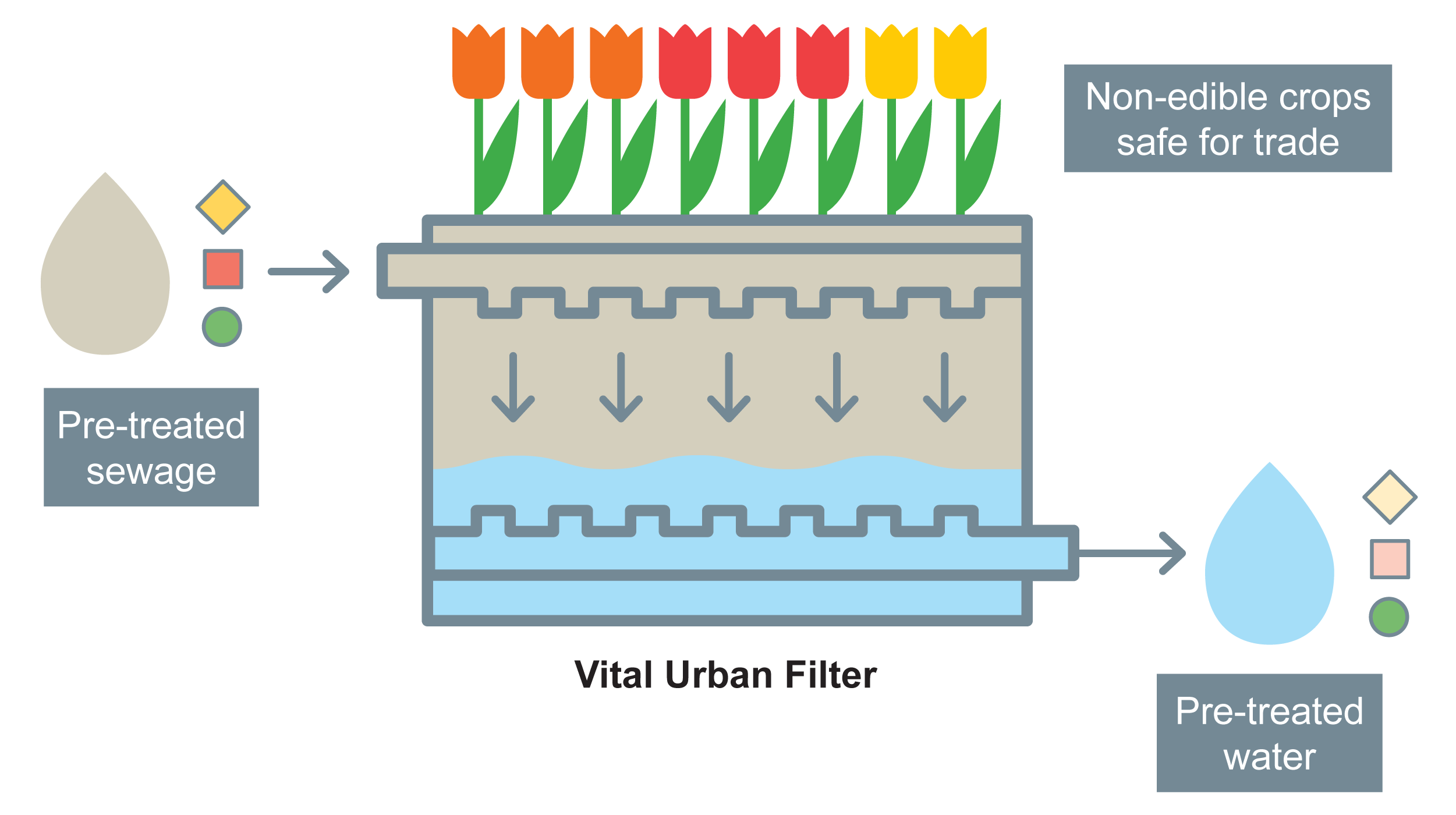Objective
For reliable water reuse, organic material has to be removed from the wastewater. Our aim is to develop a stable and robust process for the removal of organic material and its conversion into biogas. This system will ensure superior effluent quality which is suitable for additional treatment. Anaerobic treatment would be used. Solids separation from the treated wastewater will be done either by membrane filtration (as part of Anaerobic Membrane Bio Reactor (AnMBR) technology) or by dissolved air flotation (DAF).
Scientific background
For the removal of organic material, the basis is formed by anaerobic technology. In these systems bacteria grow on in the absence of oxygen and break down the organic material from the incoming wastewater and convert parts of it into biogas. By filtering the bacterial slurry, or sludge using the membrane modules, the slurry can be separated from the water. The anaerobic system can also be combined with dissolved air flotation (DAF) technology. This system uses gas bubbles to separate water and particles. Particles stick to the bubbles and rise up, effectively separating them from the now clear water.
The anaerobic treatment produces sludge and biogas. Both these products can be used as resources. The energy in and heat from biogas can be recovered with high efficiency using solid oxide fuel cells (SOFC). The sludge can be utilised to manufacture activated carbon and as a partial replacement for clay in bricks and tiles suitable for construction purposes.







